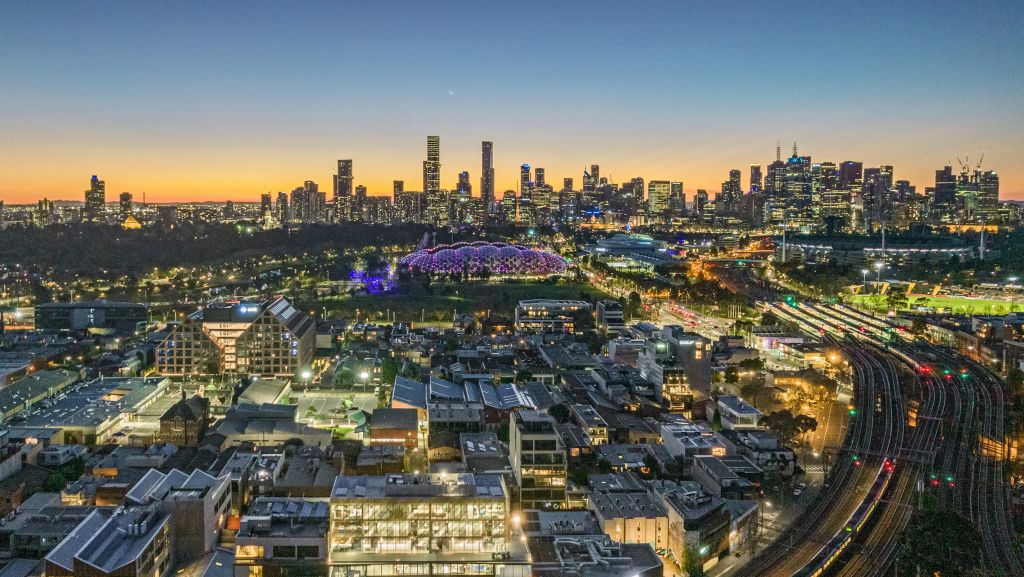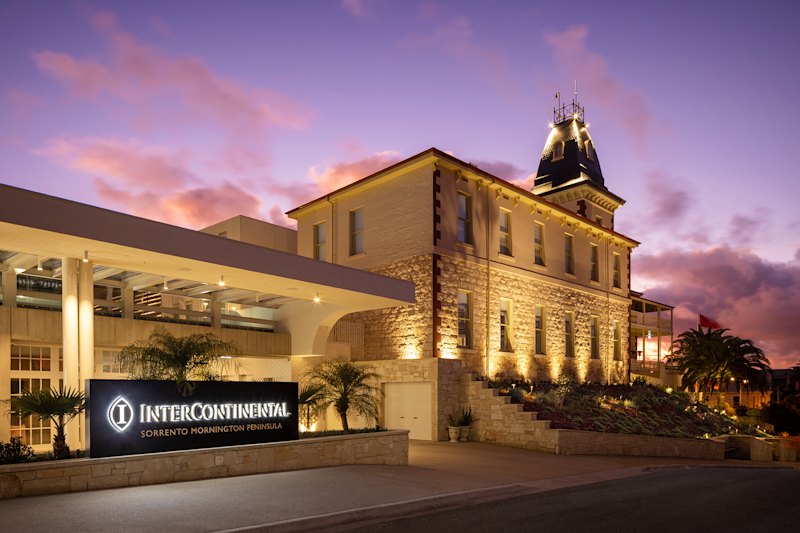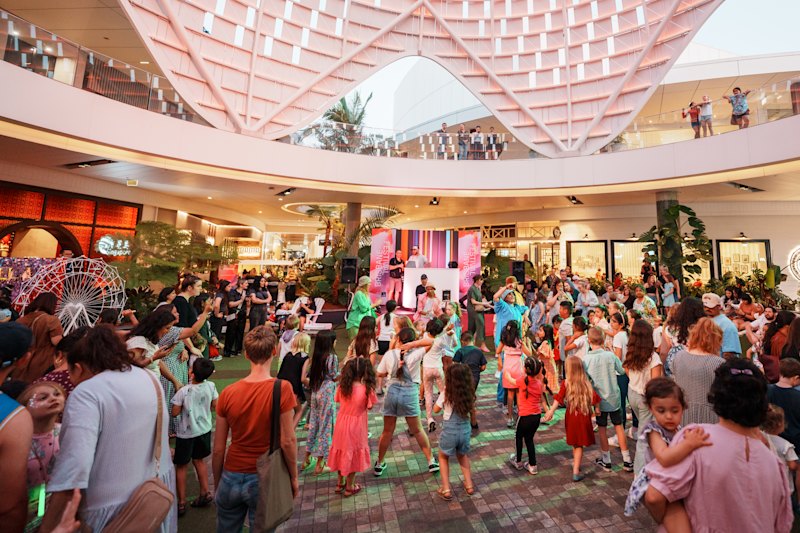
Melbourne's office market storms ahead with record-breaking leasing activity
The office market in Melbourne’s metro areas is storming ahead of both Sydney and Brisbane with a record-smashing 163,100 square metres of space leased last year, and a further 42,776 square metres worth of deals done in the first five months of 2023 alone.
“We have a lot of businesses that are privately owned or locally owned in our areas, so that makes it easier for them to decide on the office space they need without having to wait for approval from overseas,” said Colliers national director Travis Myerscough.
“Previous to now we’ve also had a lot of small deals from smaller companies who are nimbler and can move faster. The bigger tenants had been holding back to try to understand what COVID meant for their footprint. But now, this year, the average size of our deals has gone up from those tenants now making their decisions.”
There’s been a big change in occupied stock, or the absorption rate, of the Melbourne metro area, which is now defined as five main precincts – the city fringe, the inner east, the outer east, the south-east and the north and west.
While many businesses are now only occupying around 80 per cent of what they held before, they tend to be using the space differently, with more collaborative areas and fewer permanent desks. At the same time, many are upgrading or introducing more amenities to attract staff away from working from home and back to the office.
Myerscough says some of these lures include companies offering staff a nine-day fortnight if they work in the office, as well as enticements in buildings like infrared saunas, rooftop theatrettes, gardens, chicken coops, gyms, end-of-trip facilities, visiting masseurs, Foodtruck Fridays and sleep pods. One new office building currently under construction in Cremorne will have a basketball court on the roof.
But while the metro Melbourne office market is strong, there are pockets around the city doing better than others. The “East End” has come back with a boom, according to Myerscough, but Docklands is still struggling.
“Tenants are also looking to upgrade their space and location, resulting in new buildings and quality A-grade stock being quickly absorbed in the city fringe,” he said. “Its vacancy rate has fallen significantly, from 16.5 per cent in September 2022 to 12.9 per cent by March 2023.
“Meanwhile, we’ve seen vacancies in lower-grade buildings increase. In the B-grade stock, it’s only fallen from 14.7 per cent to 14.5 per cent over the same period, but in the C-grade it’s risen from 10.5 per cent to 11.4 per cent. At the same time, there’s still limited new stock coming in, even though there’s plenty of demand.”
Colliers associate director of research Jodi Birch says while there are many new office projects that have received approval, it’s hard to know exactly how many may end up coming out of the ground. Many won’t go ahead without pre-commitments from tenants.
“There are also a lot of constraints still on the construction industry,” she said. “So we’re not seeing as many actually starting construction and moving along the pipelines.
“It probably won’t be until 2024, 2025 and 2026 [that] we see that stock coming on, so rents will pick up more in the interim.”
Birch said that, since March 2021, there had been an average of 65,000 square metres of office space leased every six months, and she saw those kinds of figures continuing as the bigger players re-entered the market. In response to the flight to quality, more B-grade buildings are trying to upgrade themselves with the addition of features like end-of-trip facilities.
“With unemployment in Victoria low and the growth of white-collar jobs above pre-pandemic levels, office demand is expected to strengthen,” she said. “This should see the majority of new or A-grade stock absorbed over the next 12 months.”










